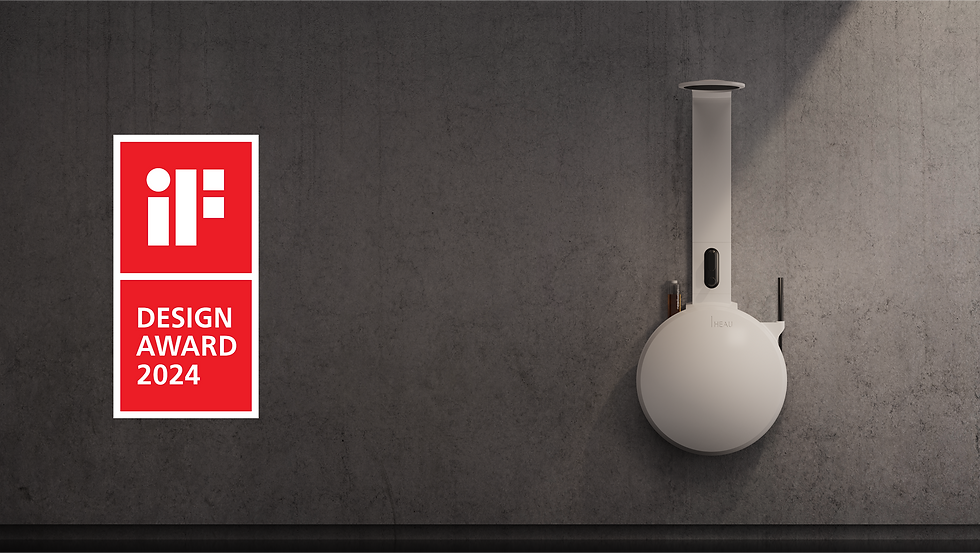

Abstract: Advancing Microfluidics
Microfluidics technology has become in recent years a powerful innovation driver with many examples of successful products already in the market. Microfluidics is proven an enabling technology in a wide variety of applications such as life sciences instruments and in vitro diagnostic devices. Some ground-breaking examples include organ-on-a-chip systems and Point-Of-Care-Testing devices, which have starred a pivotal role in fighting against the COVID-19 pandemic.
Mixing various liquids (e.g., samples and reagents) is a prevalent operation. Mixing in the miniaturized dimensions of microfluidic circuits is, however, a major challenge since turbulence is suppressed. As a result of the distinctive laminar behaviour exhibited by liquids at the microscale, diffusion is the only mechanism by which liquids can mix, a process that is too slow to rely on.



CFD models, however, must always be validated experimentally, which is not always an easy task. Innovative hands-on approaches are required. Validated CFD models help to mitigate the risk of failure even before moving forward with prototyping and minimize the number of design-prototyping-testing iterations, ultimately resulting in cost and time savings.
Our case study presents a novel optical method for validating CFD outcomes, which includes an innovative definition of variables and comparative strategy, and obviates the need for costly equipment or specialized personnel. We demonstrate the validity of the CFD model of two different designs made of relevant materials and across a range of practical experimental settings. It could be used to speed up the designing process of any microfluidic mixer device or to optimize an existing design.
While there exists an assortment of solutions to promote mixing in microsystems, the most suitable solution needs to be selected and the design engineered for it to meet the specific requirements of each particular application. This is because the performance of the micro-mixers, as for microfluidic devices in general, is determined by the geometric design parameters (cross-sectional shape and dimensions) and the configuration of the microfluidic network architecture.
Computational Fluid Dynamics (CFD) modelling and numerical simulations are necessary tools in the design process of microfluidic devices. In short, CFD is a powerful toolset that provides detailed information about the behaviour of the flow in a design as well as solutions to complex problems related to the mass and heat transport phenomena that cannot be obtained otherwise.
.jpg)



















